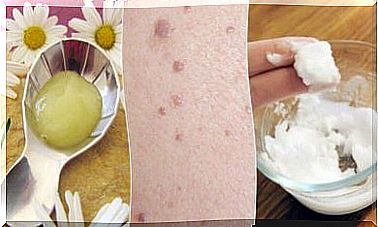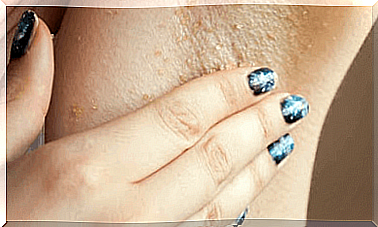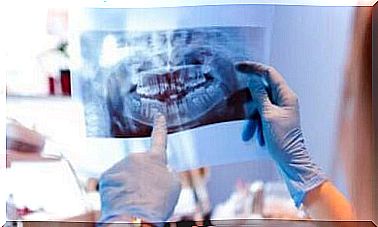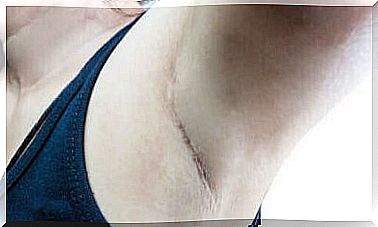Description And Characteristics Of Pityriasis Versicolor
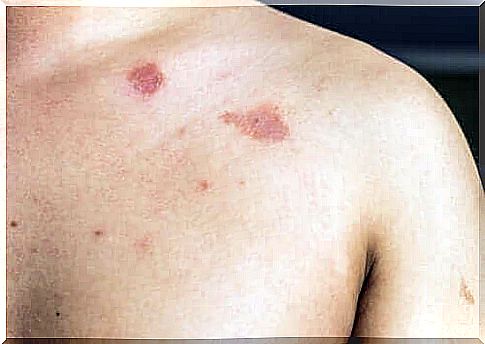
The skin is the first line of defense against pathogenic microorganisms, and it is therefore fungal infections that Pityriasis versicolor is one of the most common causes of dermatological consultations.
First of all, be aware that a large number of microorganisms live on the skin surface, and these are part of the normal microbiota. These are harmless under normal circumstances, but can cause infections under certain conditions.
What exactly is Pityriasis versicolor?
This fungal infection, also known as Tinea versicolor, is caused by a fungus of the genus Malassezia. According to some studies, the most common etiological substance may vary depending on the geographical location. M. globosa is responsible in temperate countries and M. furfur in tropical countries.
This condition also affects people from all walks of life and has a worldwide prevalence. However, the infection is more common in countries with hot and humid climates. This is because these conditions favor the colonization of this type of fungus on the skin.
The most affected tend to be young, and it usually occurs between the ages of 20 and 40. The fungus colonizes the skin without causing damage, but it can spread under certain conditions and lead to infection.
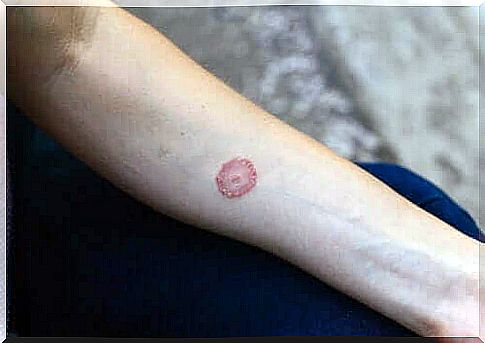
Causes
As mentioned above, the infection is caused by a fungus of the genus Malassezia , common in the skin. In fact, Malassezia furfur has been isolated in 95% of the areas with abundant sebaceous glands in various individuals.
The fungus colonizes in these areas because it needs fat for nourishment. Thus, some factors that can change the fat composition of the skin will cause the microorganism to spread. In this way, the number of strains of the fungus will increase.
In this context, these situations may promote Pityriasis versicolor :
- a hot and humid climate
- excessive sweating and use of tight clothing
- pregnancy
- oily skin
- use of corticosteroids
In addition, weakened immune systems and the administration of antibiotics can also promote the disease. Both situations affect the control mechanisms by which the human body prevents the spread of pathogens.
Symptoms of Pityriasis versicolor
The main characteristic of this infection is the presence of oval shaped shells – scaly spots on the skin. These spots may be lighter or darker than the surrounding tissue and are either brown, brownish or white.
These spots can appear anywhere on the body, but often on the back, neck, chest and upper third of the arm. They can appear in the skin folds, and people can easily confuse them with psoriasis.
In addition to the spots, the infection is usually asymptomatic, although it may be itchy under certain circumstances – such as sweating. Note that Pityriasis versicolor is neither painful nor contagious, but causes great mental discomfort to those affected.
Diagnosis
This is actually quite simple. Dermatologists can make an accurate diagnosis just by looking at the skin spots. However, this condition can be confused with other skin diseases – such as seborrheic dermatitis.
There are various examinations to make a differential diagnosis, although the most common is direct observation under a microscope. In this connection , they will take a sample of the cutaneous weight of the lesions, add potassium hydroxide to them and examine them under the microscope.
On certain occasions, a culture of the sample may be necessary for the sole purpose of distinguishing between the types of Malassezia that may cause the infection.
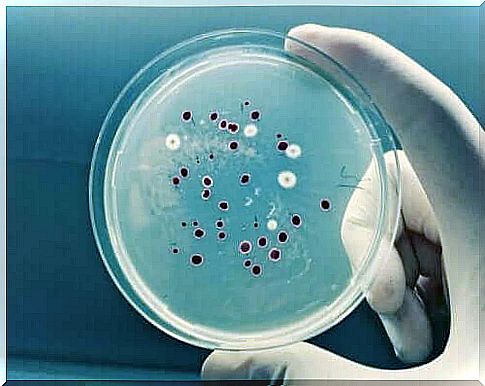
Treatments for Pityriasis versicolor
As we mentioned above, this is a fungal infection, and fungicides are the treatment of choice. According to medical sources, shampoos and creams are effective in most cases. Therefore, physicians should reserve systemic treatment for patients with relapse and lack of success with the usual approach.
For topical treatment, the use of creams, gels or shampoos with ketoconazole or ciclopirox has been shown to be effective. In addition, the use of 2.5% selenium sulfide shampoo is beneficial. The skin spots usually disappear within 1 to 2 weeks in most cases.
Systemic treatment should be used in cases where local treatment is not effective. In this connection, fluconazole, ketoconazole or itraconazole can be taken orally for a given period of time.
How to prevent Pityriasis versicolor?
Although it is caused by a fungus that lives on the skin, there are several measures that can be taken to prevent this disease from occurring.
Most of the preventative advice is aimed at maintaining proper personal hygiene and reducing the amount of oil on the skin.
In addition, keep in mind that Pityriasis versicolor is recurrent. So the oral intake of antifungal drugs is recommended during the hot months with prior medical approval if you have previously been affected by it.



